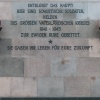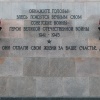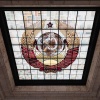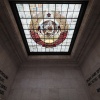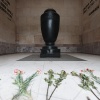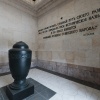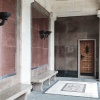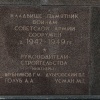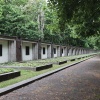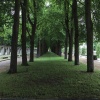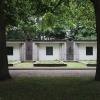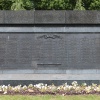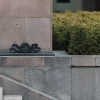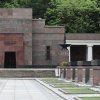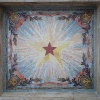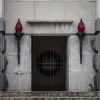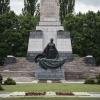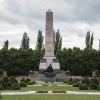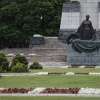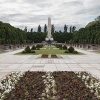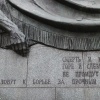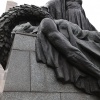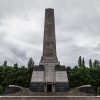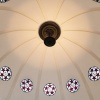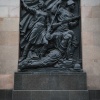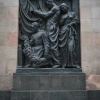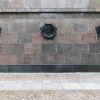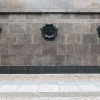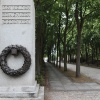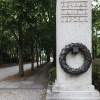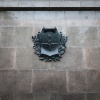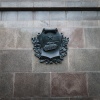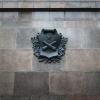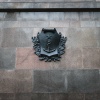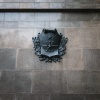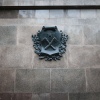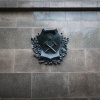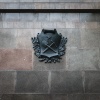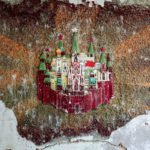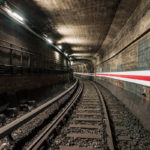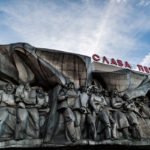East Germany’s Soviet Heritage – The Berlin Pankow War Cemetery
The Battle of Berlin in 1945 claimed more than 170.000 killed soldiers and several ten thousands of dead civilians. More than half a million people got wounded, physically as well as mentally. The Soviet War Memorial at Schönholzer Heide in Berlin’s Pankow district is final resting place to more than 13.000 Red Army soldiers that fell victim to that final combat.
The Soviet War Memorial in Berlin’s Treptower Park is more or less symbolising to the victory over Hitler Germany while the war memorial at Schönholzer Heide first and foremost is dedicated to honour the fallen and to provide them a final resting place. Here the greater part of killed Red Army soldiers got buried. The Soviet builder team around Constantin A. Solovyov, W. D. Korolyov, M. D. Belavenzev and sculptor Ivan G. Pershudshev was in charge to put up the memorial in the north of Berlin.
The whole area is about 200 metres. It is surrounded by a wall holding bronze plaques where the names, birth years as well as military ranks of identifiable fallen soldiers got engraved. Along the main aisle you can find eight burial chambers on each side. Every chamber is final resting place to 1182 dead soldiers. At the end of the memorial site a 33.5 metres tall obelisk raises above a tomb that is grave to two Soviet colonels. In front of the obelisk the main statue “Mother Russia” mourns for her fallen son.
At the main entrance visitors walk through two bold square columns. Both hold a bronze relief showing the attack on the invaders as well as the Soviet people’s willingness to make sacrifices. Attached to those columns a wall shows the emblem displaying the branches of service being involved in the Battle of Berlin. Inside the columns are giant symbolic cinerary urns as well as inscriptions in Russian as well as German language.
The Soviet Memorial at Schönholzer Heide is the second of four war-related monuments being put up in Berlin by the Soviets between 1945 and 1949. Those monuments symbolise the victory over Hitler Germany but are also important memorial sites and military cemeteries where thousands of soldiers got buried. As a part of military graves registration service the Schönholz memorial received a general restoration beginning in 2011. Since August 2013 it is open to the public again.
My photo series “East Germany’s Soviet Heritage” reflects my interest for history. Germany and Russia are nowadays as well as back in the days tighly connected and experienced moment of glory as well as agony. That’s exactly what this photo series shall reflect, not at evaluation, not as propaganda, but as a document and intellectual approach.
The war graves commission is an integral component of the Two Plus Four Agreement governing the unity of Germany from the allies’ point of view, including Russia’s petition for Germany taking care of soldier graves.
